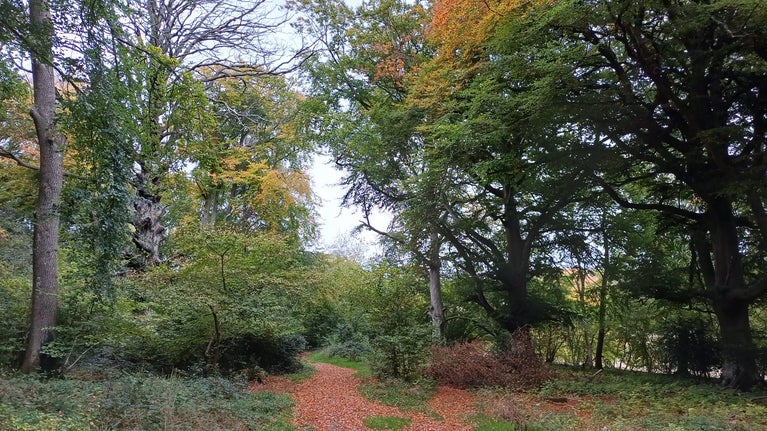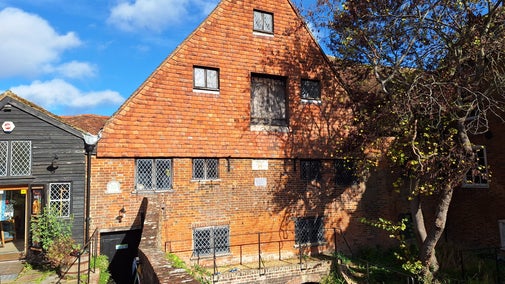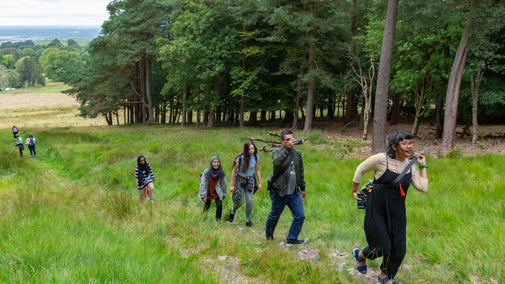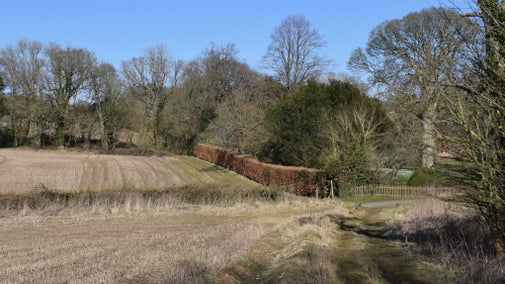Dutton Estate walk at Hinton Ampner
Hampshire
This route explores our evolving countryside at Hinton Ampner, which is the final part of former owner Ralph Dutton's vision for an estate, garden and house that would blend harmoniously into the surrounding Hampshire countryside. This cross country 4 mile trail takes in the best of all seasons, from carpets of bluebells in spring to the most spectacular colours of autumn, as well as an abundance of wildlife from soaring birds of prey to roe deer, hares and rare barbastelle bats.
Near to
Hinton AmpnerStart point
Gated entrance just off the main drive, behind the church, grid ref: SU597275Trail information
More near here
Stewkeley walk at Hinton Ampner
Follow the Stewkeley walk at Hinton Ampner in Hampshire to discover the open spaces at the estate and the village of Kilmeston.

Battle of Cheriton walk
Explore the area of one of the most decisive battles in the English Civil War – the Battle of Cheriton. This trail, along footpaths and farm tracks, follows in the footsteps of soldiers who fought in a conflict that helped shape the future of England.

Selborne Common and The Lythe butterfly walk
Experience this nature trail at Selborne Common and The Lythe in Hampshire that has a wide range of butterflies and birds.

Mottisfont estate walk
Discover the beautiful, diverse Mottisfont estate on a varied circular walk through ancient woodlands, historic farmland and Mottisfont village.

Get in touch
Our partners

We’ve partnered with Cotswold Outdoor to help everyone make the most of their time outdoors in the places we care for.
You might also be interested in
Visiting Hinton Ampner with your dog
Hinton Ampner is a two pawprint rated place. We're also part of the Pooch Passport! Discover more about getting the most out of your visit with your dog, where they can explore and things to consider when you are on the estate.

Selborne Common
Discover the magnificent beech woods and flower-filled meadows that inspired Gilbert White

Winchester City Mill
Free to enter Ancient watermill, café with island garden and wildlife spot in the heart of Winchester

Mottisfont
A romantic house and gallery set in beautiful riverside gardens

Walking
Explore some of the finest landscapes in our care on coastal paths, accessible trails, woodland walks and everything in between. Find the best places to walk near you.

Cotswold Outdoor: our exclusive walking partner
Learn about the National Trust’s ongoing partnership with Cotswold Outdoor. Find out how they help us care for precious places and the exclusive discount available for National Trust supporters.

Walking in Hampshire
There’s so much to enjoy on a winter's walk in Hampshire. You can wander through magnificent beech woods at The Vyne, or take in breathtaking views across downland at Hinton Ampner. We've got walks to suit all ages, including young families, with fascinating facts to accompany each one.

